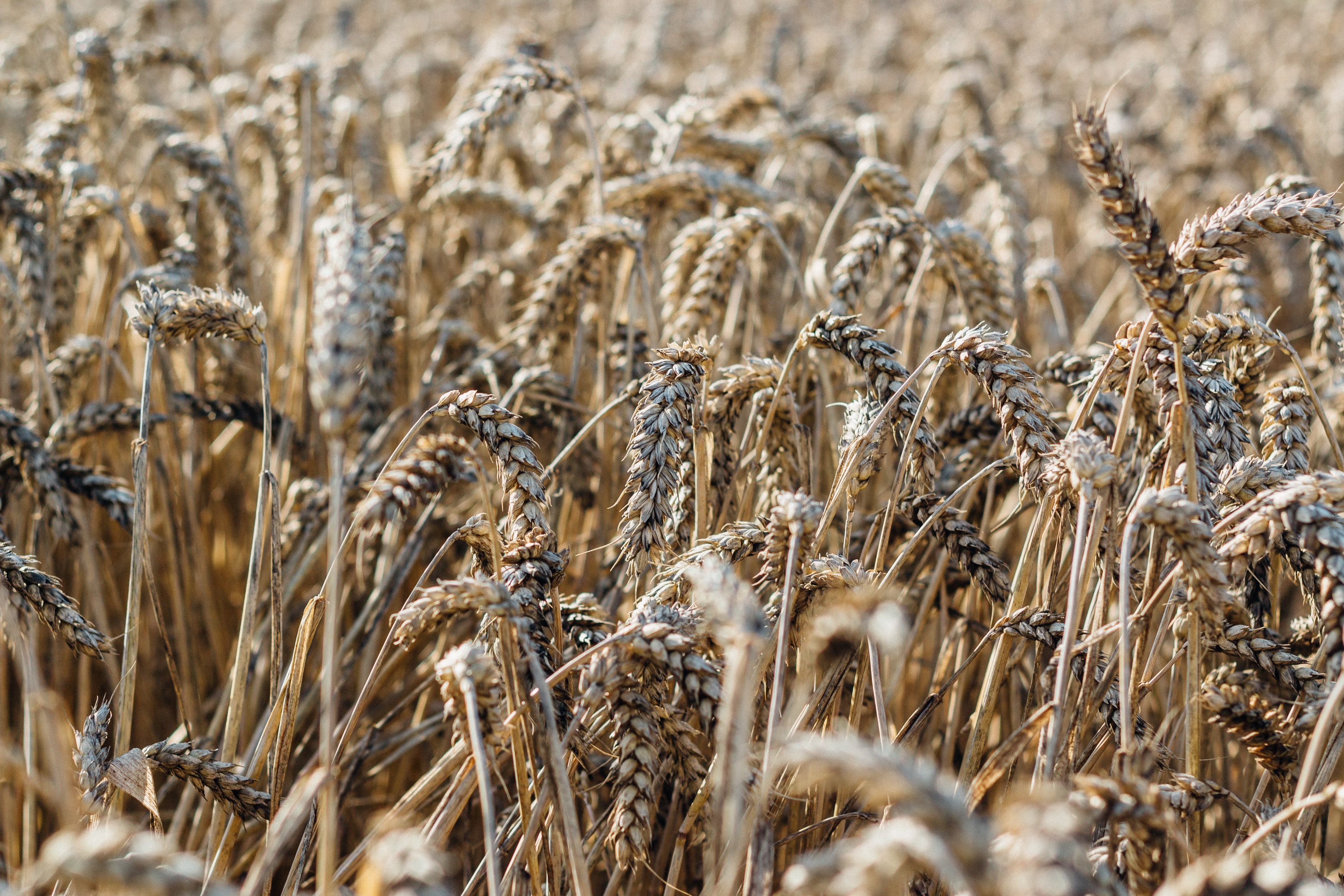
Water, Fields and Grains: Farming for Iran’s Future
Agriculture, food security and rural developments are the main areas of focus for the Islamic Development Bank’s intervention in Iran. Agriculture in particular is a vital sector for Iranian people contributing to 11% of Iran’s GDP and employing around 20% of the workforce. Iran’s low level and unevenly distributed rainfall mean that the wet winter months are often followed by long dry summers. The demand for water is increasing – for industrial and domestic use as well as agriculture.
To combat this, the government has employed the help of the IsDB in the construction of several large dams built to provide water from irrigation systems. Around 9 million hectares (ha) of farmland are currently irrigated in Iran and with the government’s plan to bring a further 200,000 ha under irrigation by 2019, the construction of the dams would be necessary in achieving this. Irrigation would not only be an answer for the depleting groundwater supplies but through increasing agricultural production and the security of Iran’s domestic food supply, incomes of farmers will increase substantially.
The Amydogmoosh Dam
One project incorporating the Aydogmoosh Dam, has massively transformed the lives of the farmers in the surrounding area who have spent years living with water scarcity. Soon after the project was completed, the farmers formed a water user’s association to manage and maintain the irrigation system that carries water from the reservoir to their farms. The association has a 40-person committee, who allocate water between farmers, maintains the irrigation channels and the equipment in the new pumping station. This has been so successful that the association now want to take over the management of the Dam as well.
One of the governmental aims for the Aydogmoosh Dam was to increase employment and to encourage people to stay in rural settlements rather than migrate to the city. Mr Davoud Ghaffarzadeh, the government representative for the irrigation network, estimates that the dam has created around 2,000 jobs and this is set to increase once the network is fully built. The dam has actually succeeded in not only reducing urban migration, but reversing the trend as the area see more and more people moving back to take advantage of the new opportunities available.
The Bar Dam
The Bar Dam, another dam financed by the IsDB has also been a massive success for Iran supporting agriculture, industry and supplying drinking water for the nearby cities of Neyshabour and Firuzeh as well as 20 smaller towns. Since the dam was completed in 2013, the farmers living nearby have seen their yields rise significantly. Mr Mphamed Hesavi lives in Golshan Abad, a village near the dam and has been farming for all of his 53 years. He now harvests 2 tonnes more wheat and barley from his farm. The new dam has massively reduced the flood risks in the area, due to better regulation of the reservoirs river-flow which had previously seen his crops completely destroyed.
The Bar Dam has also implemented success for The Khorasan Steel Company which has used the irrigated water to cool machinery. According to the deputy directing manager Mr H. Eshayghian, the change in water supply has
significantly improved the quality of the water as it contains less sediment so there’s much less corrosion and clogging up in the plant’s equipment. The success of the project has led to the development of two new plants, and once completed, are expected to increase steel production to 1.5 million tonnes a year as well as create a further 600 new jobs.
The government’s investment in water irrigation has highlighted further stresses on areas of rural Iran. Lake Orumiyeh had been under severe stress due to drops in water levels. With around 6 million people living around the lake, the government of Iran had to reassess its priorities for the region. They revised their initial targets of irrigating 40,000 ha of the land by half to compromise between the needs of the agricultural users near the dams and those living near the lake.
The IsDB have also contributed to Iran’s food security helping to finance two large state-run grain silos in the cities of Orumiyeh and Bijar. Completed in 2005, these can both store 50,000 tonnes of wheat significantly increasing the storage capacity in these regions. This has also reduced transport costs and has modernized wheat storage in the two cities.
The IsDB has been a reliable partner for the Government of Iran, and overall its projects in the agriculture sector have been very successful. Growing enough food for export, will continue to be a challenge in Iran. It is essential that the government and ministries involved adopt an integrated water resources management approach to ensure that competing users all have fair access to a resource under stress. The people living near the dams and the silos are already benefitting; more will do so as these investments serve Iran long into the future.
